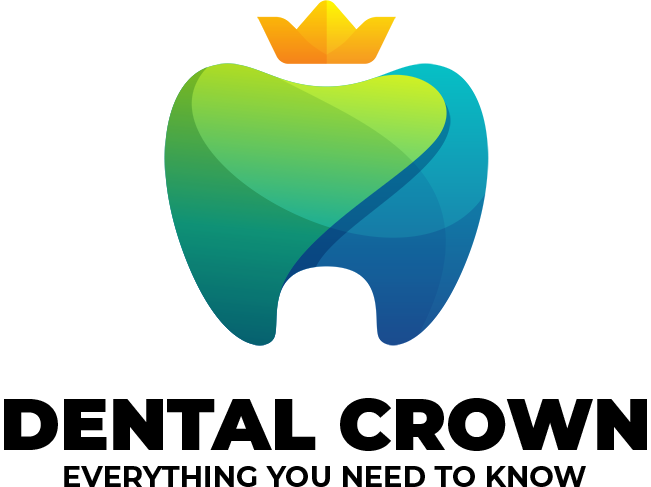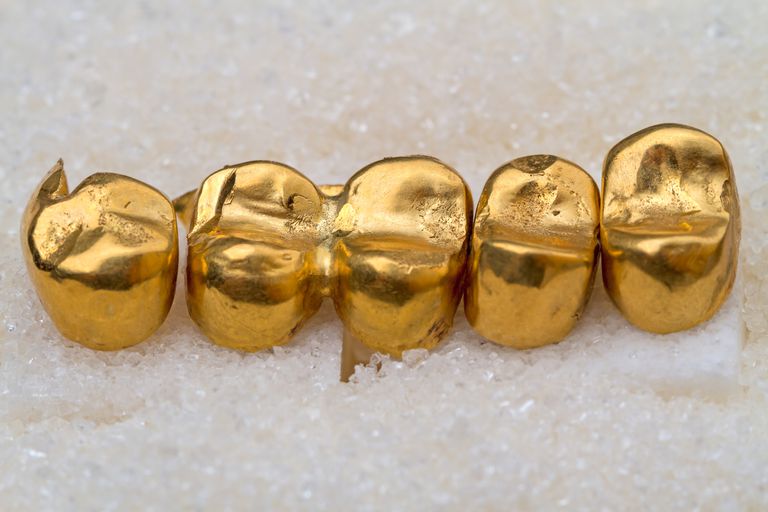Gold Alloys
Dental crowns are used for a number of reasons. Your dentist may recommend one due to loss of tooth structure or root canal treatment. You might also choose one for cosmetic improvement of your smile.
There are many different types of crowns used to restore a tooth. Among those are gold crowns, which have been used in dentistry for a number of years.
Materials
Gold crowns are one of the classic types of dental crowns used in dentistry and there are two types. The full gold crown is made entirely of gold or a gold alloy. Another type is porcelain fused to a metal crown (PFM), made from a combination of gold and porcelain.
In regards to the gold, the American Dental Association (ADA) classifies three types of alloy used for fabricating gold crowns:
- High Noble Alloy (Precious Metal) – Made from a minimum of 60 percent high noble alloy. This includes gold, platinum, and palladium. If a crown uses a combination of these alloys, at least 40 percent must consist of gold.
- Noble Alloy (Semi-Precious Metal) – A noble alloy consists of 25 percent precious metal.
- Non-Noble Alloy (Non-Precious Metal) – Made from less than 25 percent precious metals, noble alloy generally is made from a combination of nickel, chromium, and gold.


